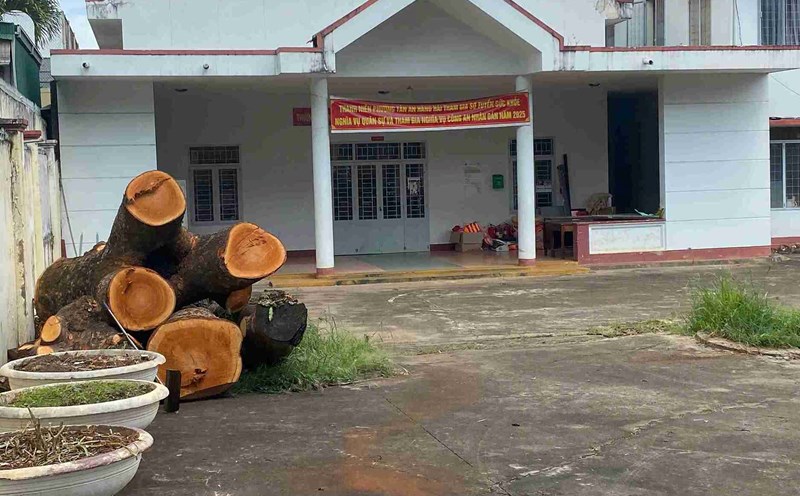This is one of the requirements in Conclusion No. 177-KL/TW, dated July 11, 2025 of the Politburo and the Secretariat on continuing to build the organization and operation of the two-level administrative units to ensure smoothness and efficiency.
In Conclusion No. 177, the Politburo and the Secretariat assigned the Government Party Committee to lead and direct the implementation of the contents and tasks stated in Plan No. 56-KH/BCD, dated July 4, 2025 of the Steering Committee, focusing on the following contents:
Lead and direct the Government, ministries and ministerial-level agencies to regularly inspect the implementation of regulations on functions, tasks, and organizational structure of agencies, units, and organizations in the administrative agency system at the central and local levels; on decentralization, delegation of authority, and clearly defining authority; on working processes, records, administrative procedures, etc.; on providing online public services and public services to people, businesses, and organizations not dependent on administrative boundaries; on special mechanisms for handling difficulties and problems due to legal regulations.
Review, amend, supplement, and promptly issue regulations and instructions to perfect functions and tasks, and organize the apparatus of agencies, units, and organizations in the administrative agency system at the central and local levels to ensure consistency and unity between documents, between the central and local levels after the arrangement of administrative units at all levels, and implement the model of two-level administrative units.
The Government, ministries and branches (Ministries of Justice, Home Affairs, Agriculture and Environment, Health, Education and Training, etc.) need to have specific instructions on decentralization to localities to proactively resolve administrative procedures, budget management, organizational structure and human resource management; linking administrative reform with public financial reform and innovation of local governance methods; at the same time, ensuring a strict monitoring mechanism from superiors and the participation of the people.
The Conclusion also stated that ministries and branches urgently send cadres to the grassroots to grasp the situation, propose solutions to remove difficulties, handle arising issues under their functions and tasks, especially those related to land administration, site clearance, determination of land sovereignty and issuance of red books...
Establish a mechanism for coordination, supervision and two-way information response between the Central and local governments. Continue to organize professional and technical training; regularly and continuously foster and update knowledge and information, prioritizing timely implementation in the new apparatus operation period from now until the end of October 2025 in important and necessary order, such as tax, business registration, land, environment, justice, healthcare, education, etc.;
At the same time, develop a program and direct the organization of training, foster modern technology skills, administrative management and administrative communication skills to improve the capacity of cadres and civil servants in terms of both expertise and digital skills, especially in remote areas where implementation conditions are limited.
Review the allocation of funds; inspect, guide the management and use of funds, and arrange working headquarters.











